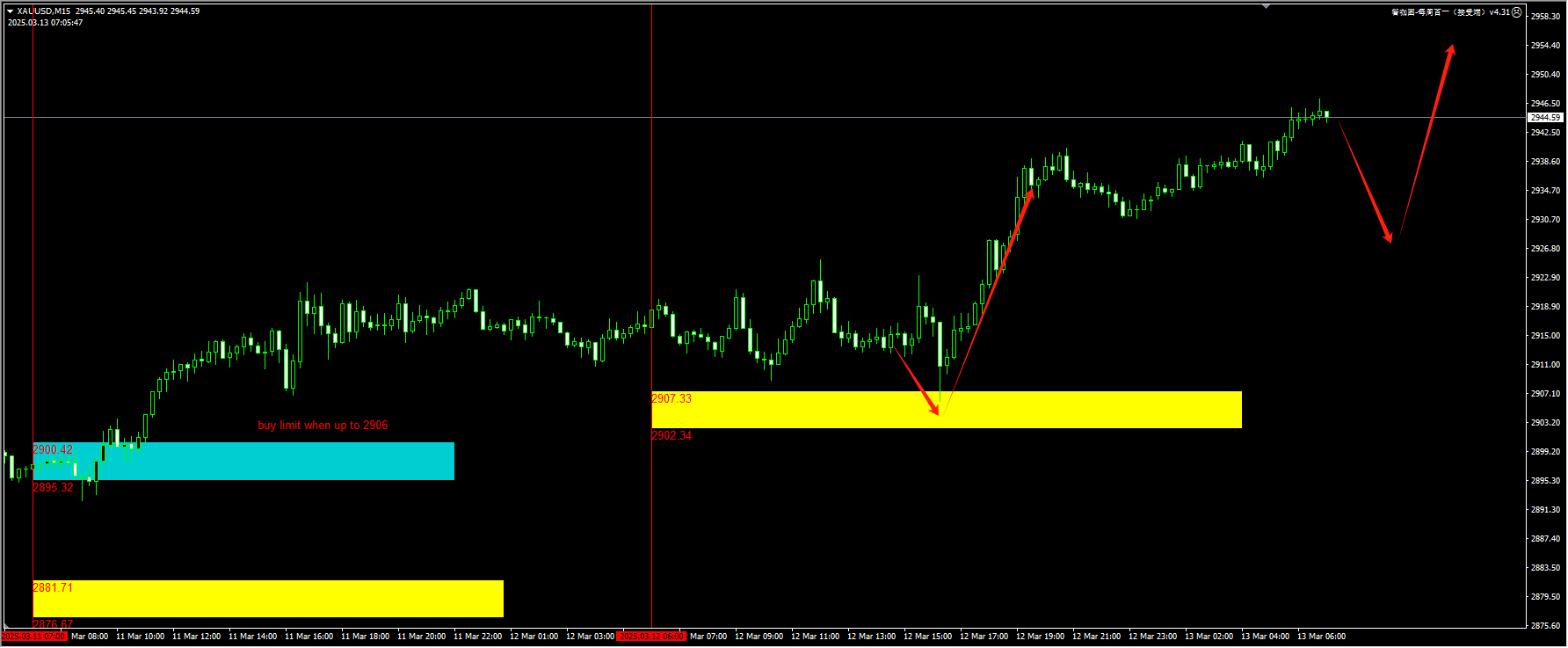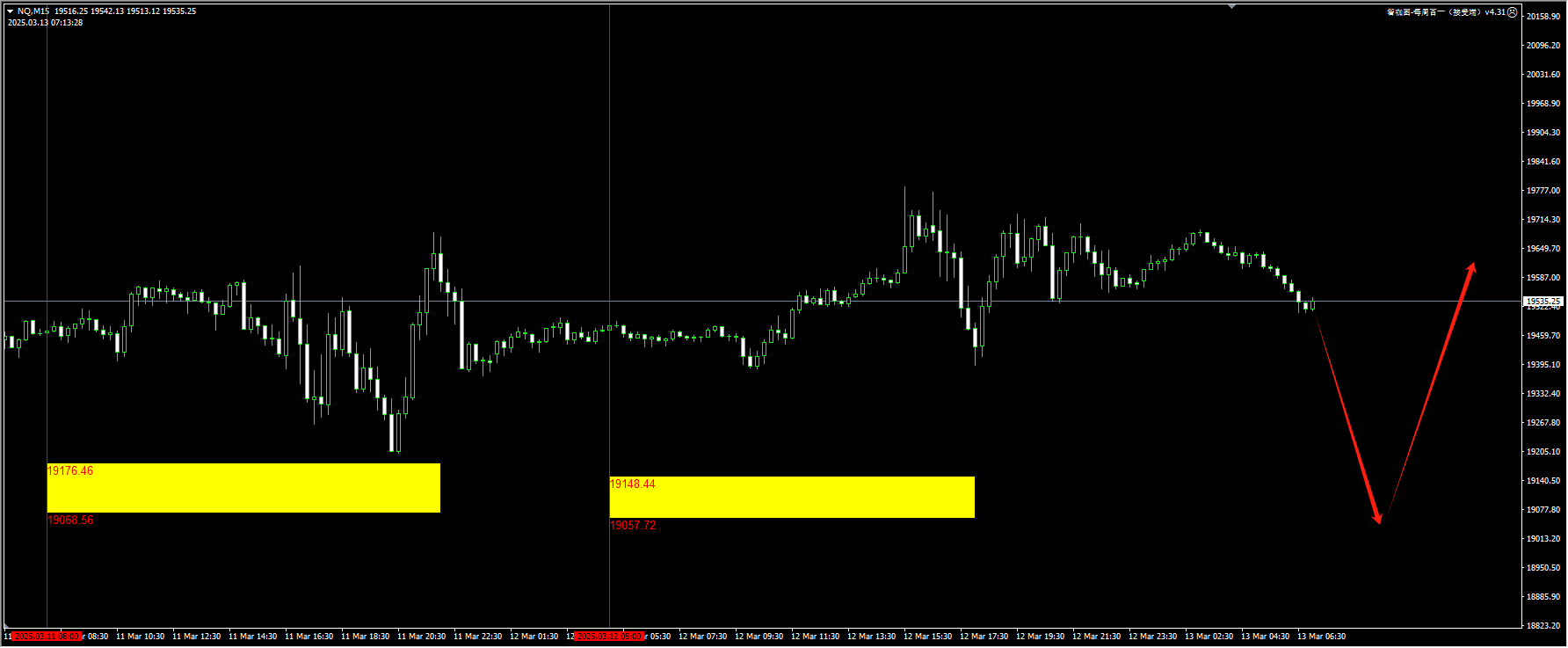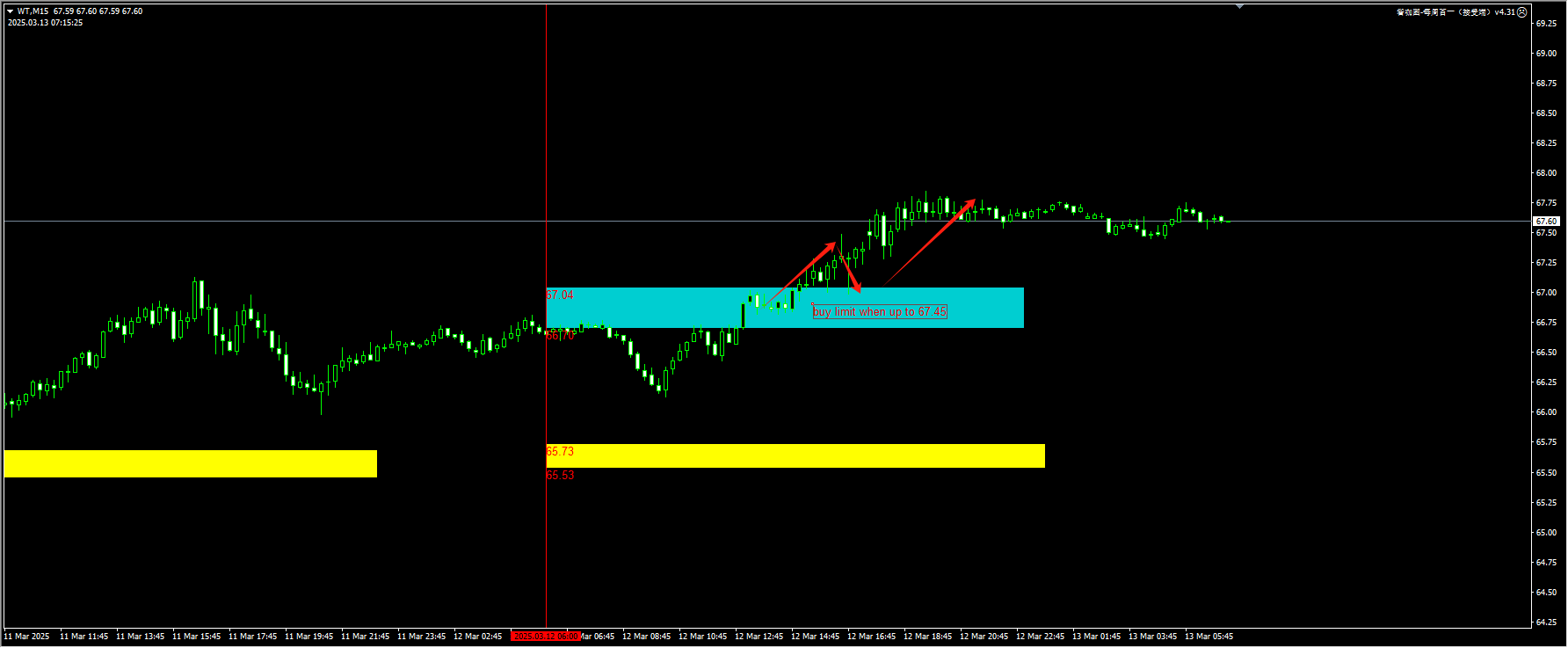After the Trump administration continued to impose global taxes on the imports of these two materials, Canada announced the imposition of new 25% tariffs on approximately 30 billion Canadian dollars (20.8 billion US dollars) worth of American products, including steel and aluminum.
Canada’s retaliatory measures will also apply to consumer goods such as computers and sports equipment. Canadian Finance Minister Dominic LeBlanc said the new tariffs will be matched “dollar for dollar” with those imposed by the United States and will take effect at 12:01 a.m. New York time on Thursday.
LeBron said the government had no choice. “The recent imposition of tariffs on Canadian steel and aluminum by the US government has once again brought disruption and chaos to the highly successful trade partnership between the two countries,” he said.
This move highlights the Canadian government’s strategy of immediately retaliating whenever US President Donald Trump imposes new tariffs. Previously, the Canadian government’s months-long charm offensive in Washington failed to persuade the White House to lift the tariffs on Canada.
Meanwhile, Canadian officials said they are continuing to seek a way out of the trade war. LeBron is scheduled to meet with Commerce Minister Howard Lutnick on Thursday. Ontario Premier Doug Ford and Canadian Industry Minister Francois-Philippe Champagne will also attend the meeting.
LeBron told reporters in Ottawa that the goal is to come up with a “coherent plan” before the April 2 deadline when the United States is set to impose reciprocal tariffs.
Overall, Canada’s retaliatory measures will affect steel products worth 12.6 billion Canadian dollars, aluminum products worth 3 billion Canadian dollars, and other products worth 14.2 billion Canadian dollars.
The EU also announced retaliatory measures against Trump’s metal tariffs, imposing tariffs on US goods worth up to 26 billion euros (28.3 billion US dollars). Canadian Foreign Minister Melanie Joly said this response was coordinated with the EU. She also said that Canada will “hope to carry out more cooperation with Europe in defense.”
Joly said she would discuss the issue of raising tariffs with US Secretary of State Marco Rubio at the G7 foreign ministers’ meeting. Canada will host the G7 foreign ministers’ meeting in a rural area of Quebec over the next three days.
“We need to push back against this nonsense,” Joly said, adding that the Canadian government also needs to “find a way out.” The discussions with Rubio and Luetikka are part of that. “We just need to make sure we apply maximum pressure.”
UBS has revised its forecasts for the US dollar and other currencies made before Donald Trump was elected president of the United States.

Just two months ago, strategists were predicting that the dollar would appreciate, but now they believe that the world’s reserve currency is weakening and that the euro and the yen will strengthen this year. Shahab Jalinoos, Alvise Marino and Vassili Serebriakov of UBS Investment Bank cite Trump’s “significantly more relaxed” stance on the risk of recession, “breakthrough” fiscal developments in Europe and the “dramatic” nature of the unexpected trade deadlock between the US and Canada as the basis for their latest outlook.
The strategist wrote in a report on Wednesday: “The new forecast looks in many cases similar to the one before the red landslide victory in the US election on November 5,” and added that they tried to avoid changing the forecast for a stronger dollar in January, but major developments globally have triggered this shift.
UBS has raised its forecast for the euro against the US dollar at the end of this year to 1.12, having previously expected the euro to fall below parity with the US dollar early on. They pointed out that “Germany’s constitution has introduced a once-in-a-century fiscal easing policy” and “geopolitical events that have an impact on the long-term macroeconomy, which may structurally disadvantage the US dollar.”
Technical analysis:
Gold: Yesterday, we clearly reminded on the plugin that it was suggested to catch the rebound long positions after the price refreshed the yellow liquidity area. Currently, it can be seen that the overnight price dropped to the lowest point of 2906, refreshing yesterday’s low point. At the same time, it rebounded and rose immediately after entering the yellow area. Today, we suggest paying attention to the pullback confirmation at the 2925/30 area, and also to the momentum opportunity of directly hitting 2950. For detailed positions, please consult the plugin.

(Gold 15-minute chart)
The plugin is updated from 12:00 to 13:00 every trading day. If you want to experience the same plugin as shown in the chart, please contact V: Hana-fgfg.
The Nasdaq index: The gains following the CPI data failed to sustain, and the price began to fall after touching around 19,850. For the day, continue to pay attention to the emergence of a bullish signal after the price breaks below the liquidity level. If it occurs, it is recommended to attempt 1-2 times. Additionally, only when the price can stabilize above 19,850-20,000 can one start considering attempting a bullish signal at a high position. For detailed positions, please consult the plugin.

(NASDAQ 15-minute chart)
The plugin is updated from 12:00 to 13:00 every trading day. If you want to experience the same plugin as shown in the chart, please contact V: Hana-fgfg.
Crude oil: Yesterday, our plugin clearly reminded that after breaking through 67.45, a buy limit order should be placed at 67.04 in the blue zone. Currently, it seems that the price rose to 67.49, then pulled back to 66.99, and then shot up directly. Today, the price may still fluctuate and rise. For detailed positions, please consult the plugin.

(Crude Oil 15-Minute Chart)
The plugin is updated from 12:00 to 13:00 every trading day. If you want to experience the same plugin as shown in the picture, please contact V:Hana-fgfg.
Today’s key financial data and events to focus on:
17:15 Vice President of the European Central Bank, Luis de Guindos, will deliver a speech.
18:00 Eurozone January industrial output (year-on-year)
20:30 U.S. Seasonally Adjusted Initial Jobless Claims (in thousands) (to 0308)
Producer Price Index (Year-on-Year) for February at 20:30
